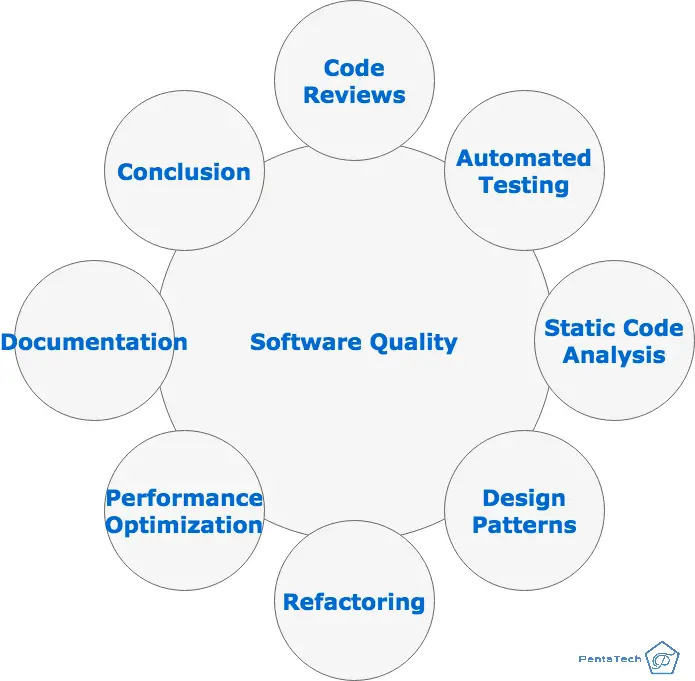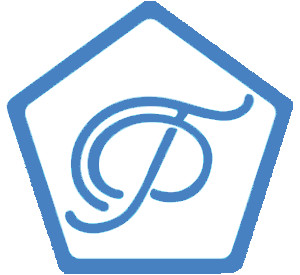Software engineers are the architects of the digital world, crafting innovative solutions that power our lives. In this dynamic field, producing high-quality software is paramount to success. From preventing bugs to ensuring scalability, software engineering techniques play a pivotal role in delivering software that meets the highest standards. In this article, we’ll explore some essential techniques that can significantly enhance software quality.
- Code Reviews: Fostering Collaboration and Catching Flaws
- Automated Testing: Ensuring Functionality works according to specs
- Static Code Analysis: Unearthing Hidden Defects
- Design Patterns and Architecture: Building for Scalability and Maintainability
- Refactoring: Evolving the Codebase Continuously
- Performance Optimization: Delivering a Seamless User Experience
- Documentation: Enhancing Clarity and Onboarding
- Conclusion: Striving for Excellence in Software Engineering
- References
Code Reviews: Fostering Collaboration and Catching Flaws
Code reviews are a cornerstone of software engineering. They involve team members examining each other’s code for errors, readability, and adherence to coding standards. Additionally, by leveraging the collective expertise of the team, code reviews not only catch bugs and logical flaws but also improve the overall quality of the codebase. Regular code reviews encourage collaboration, knowledge sharing, and the identification of potential performance bottlenecks early in the development cycle.
Automated Testing: Ensuring Functionality works according to specs
Automated testing involves creating a suite of tests that can be run automatically to verify the correctness of the software. This technique includes unit testing, integration testing, and end-to-end testing. Automated tests help identify issues quickly, allowing developers to fix them before they reach production. Continuous Integration (CI) and Continuous Delivery (CD) pipelines further automate the testing and deployment process. As a result, these techniques ensure that changes are thoroughly tested before being released. [1]
Static Code Analysis: Unearthing Hidden Defects
Static code analysis involves using specialized tools to analyze source code without executing it. These tools can identify potential issues such as code smells, security vulnerabilities, and adherence to coding standards. By conducting static code analysis, developers can catch hard-to-detect issues that might not be apparent during regular testing. Finally, this technique aids in maintaining a clean and maintainable codebase.
Design Patterns and Architecture: Building for Scalability and Maintainability
Choosing the right design patterns and architectural principles can significantly impact the quality of a software system. Design patterns provide proven solutions to recurring design problems, promoting modularity, reusability, and maintainability. Architectural decisions, such as microservices or monoliths, influence scalability, performance, and ease of maintenance. By leveraging established design patterns and solid architecture, software engineers can create systems that stand the test of time.
Refactoring: Evolving the Codebase Continuously
Refactoring involves restructuring existing code without changing its external behavior. As software evolves, refactoring becomes crucial to eliminate technical debt and ensure a clean codebase. By addressing code smells, reducing complexity, and improving readability, refactoring enhances software quality and maintainability. Tools like automated refactoring and code analysis can aid in identifying areas that need improvement. [2]
Performance Optimization: Delivering a Seamless User Experience
Performance is a critical aspect of software quality. Slow applications or websites can lead to frustrated users and lost opportunities. Performance optimization techniques include profiling code to identify bottlenecks, optimizing database queries, and leveraging caching mechanisms. By proactively addressing performance concerns, software engineers can create software that not only functions correctly but also delivers a seamless and responsive user experience. [3]
Documentation: Enhancing Clarity and Onboarding
Clear and comprehensive documentation is often overlooked but is an indispensable part of software quality. Well-documented code, APIs, and user guides improve code maintainability and aid in onboarding new team members. Documentation ensures that developers understand the purpose and usage of different components, reducing the chances of introducing errors due to misunderstandings.

Conclusion: Striving for Excellence in Software Engineering
In the fast-paced world of software engineering, delivering high-quality software is a continuous journey. By incorporating these techniques into their workflow, software engineers can elevate the quality of their work, reduce the likelihood of defects, and ultimately provide users with reliable and efficient solutions. Code reviews foster collaboration, automated testing ensures robust functionality, static code analysis uncovers hidden defects, and design patterns promote scalability and maintainability.
Refactoring keeps the codebase clean, performance optimization ensures a seamless user experience, and comprehensive documentation enhances clarity and onboarding. Embracing these techniques not only results in better software but also cultivates a culture of excellence within software development teams. As technology evolves, the quest for software quality remains constant, driving engineers to innovate and refine their techniques continually. By striving for excellence, software engineers can create impactful solutions that shape the digital landscape for years to come.





